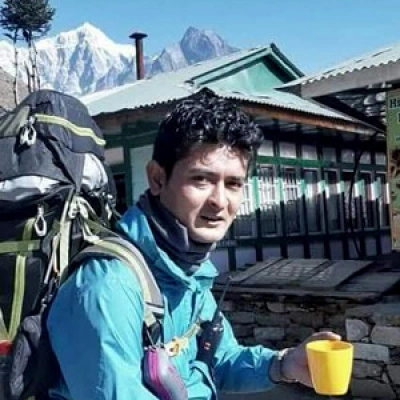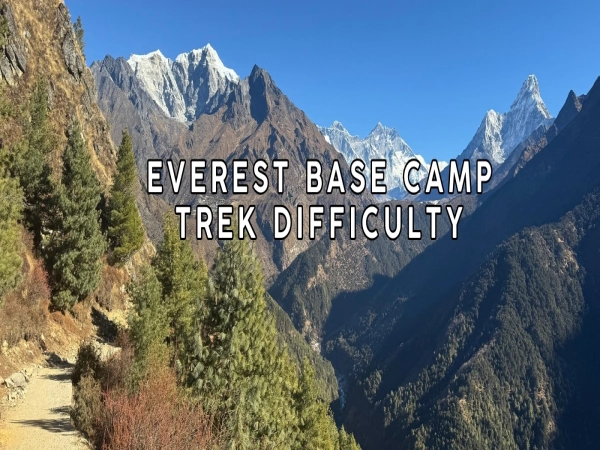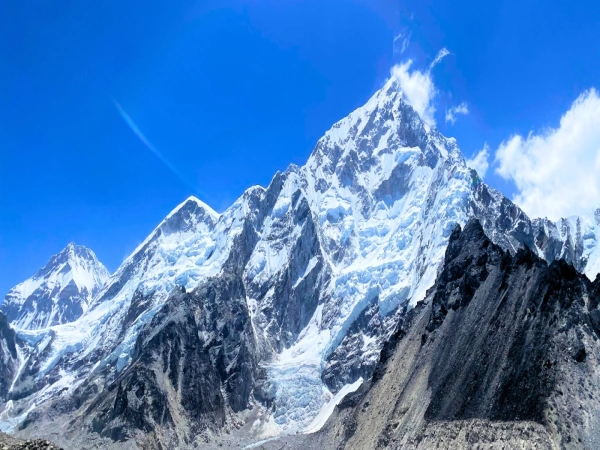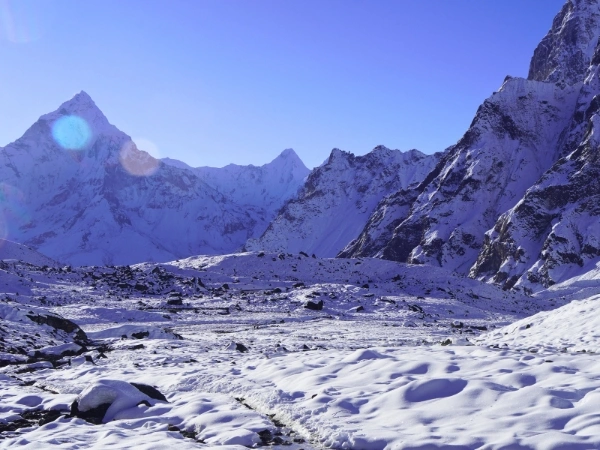The story of the trek to Upper Mustang landscapes begins with a geological history of the formation of one of the planet's youngest formations, the Himalayas. This region was formed by an ancient geological event that raised the sea bed of the Tethys Sea as a result of the gradual collision of the Tibetan and Gondwana landmasses. The collision eventually resulted in the formation of the current Himalayan range, the world's highest mountain range, as well as the discovery of layers of sedimentation, minerals, and ancient fossils that had been deposited at the sea's bottom.
Upper Mustang Landscapes
Geologic processes, which have lasted for millions of years, are largely responsible for the upper Mustang's landscape in Nepal. Some possibilities of landscape formation of upper mustang trek;
- Tectonic activity: the region is located in the Himalayas, which are an area of volcanic activity. The Himalayas have been lifted due to a collision of the Indian and continental plates, as well as Mexico’s Mustang region. The shapes of the landforms continue to develop as a result of this tectonic activity, which continues to fault and collapse.
- Erosion by rivers: The Kali Gandaki River, one of the major rivers in the region, has been carving a deep gorge through the Mustang landscapes for ages. The river's strong erosion action, coupled with its tributaries, has played an important role in shaping the area's valleys, canyons, and cliffs.
- Glacial processes: there are plenty of glaciers and valleys in Mustang which have been carved out; creating distinctive features such as u-shaped valleys and moraines. The formation of rough mountain terrain has been made possible by glacier erosion and deposition.
- Weathering: biological and physical weathering processes, including freeze-thaw cycles and chemical weathering, have gradually broken down rocks in the region. In addition to the formation of cliff formations and rocky outcrops, different landforms have been helped by this weathering action.
Upper Mustang Trek is one of the Himalayas’ oldest inhabited regions. Its arid and desert-like terrain is dotted with ancient Buddhist monasteries, deep river gorges, wind-swept canyons, and quaint settlements that appear to be frozen in time. The area is well-known for its sky caves, where archaeologists discovered mummified human remains, Buddhist relics, and artifacts dating back over two thousand years. The Himalayas prevent monsoon winds from entering the Tibetan plateau and create rain shadow regions, which are characterized by barren landscapes and ecosystems of extraordinary diversity. Beautiful green areas with rich forests and wildlife are found on the southern slopes of the Himalayas. Human habitation has developed a way of life adapted to the unique landscape and climatic conditions. Upper Mustang has many great landscape values, some of which are listed below;
- Cultural and historical importance: Upper Mustang Trek is a Nepalese region that has preserved ancient Tibetan Buddhist traditions and practices. It has historical sites, monasteries, and cave dwellings that highlight the region's cultural heritage. Upper Mustang is a popular destination for cultural enthusiasts and researchers because of its historical and cultural significance.
- Natural beauty:Upper Mustang Trek's landscapes are breathtakingly beautiful. The region, which is nestled in the Himalayas, offers panoramic views of snow-capped mountains, rugged terrain, deep canyons, and barren cliffs. The distinctive geological formations, such as the red and white cliffs, add to its allure.
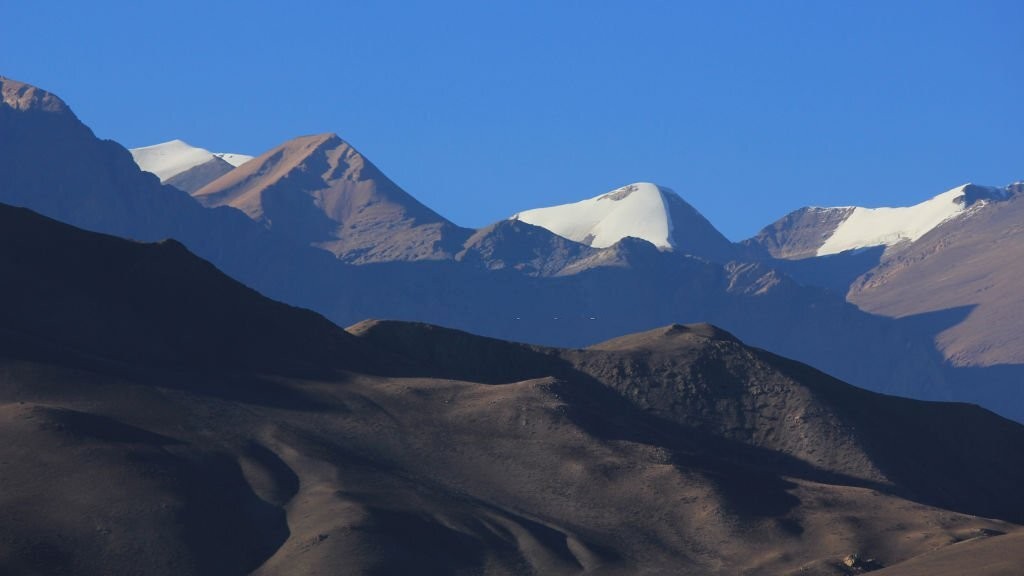
- Rare and remote area: with the exception of 1991, the upper Mustang was largely off-limits to outsiders, making it one of the last intact areas in the world. In doing so, it preserved its landscape and cultural heritage, adding to its charm. It is still difficult to access the upper Mustang and requires special authorizations, which contributes to protecting its environment and intact nature.
- Trekking and adventure possibilities: the terrain of the upper Mustang area offers a great variety of travel opportunities. In this region, you will find fascinating paths, challenging terrains, and exciting experiences of walking. The exploration of the upper Mustang provides an excellent opportunity for visitors to visit its unique landscapes, participating in outdoor activities such as trekking, mountain biking, and horseback riding.
- Environmental conservation: the landscapes of the upper Mustang fall within the Annapurna conservation area, a protected region that promotes biodiversity conservation and sustainable development. The conservation of rare flora and fauna species, as well as the promotion of ecological balance and environmental sustainability, are ensured by maintaining the landscape in the upper Mustang.
Local knowledge systems have evolved with the landscape in the region, with efforts to understand Lo Manthang's walled settlement and restore monumental heritage, including Gompas and settlement walls. Nevertheless, very rarely have landscape views been taken into account. The upper Mustang trek of Landscapes, a precious gem of the Himalayas, offers an unreal landscape, old caves, and colorful culture. We want you to go into this forbidden kingdom and look at nature's beauty, and the natural resilience in your own community, and find comfort in an unworldly world.
